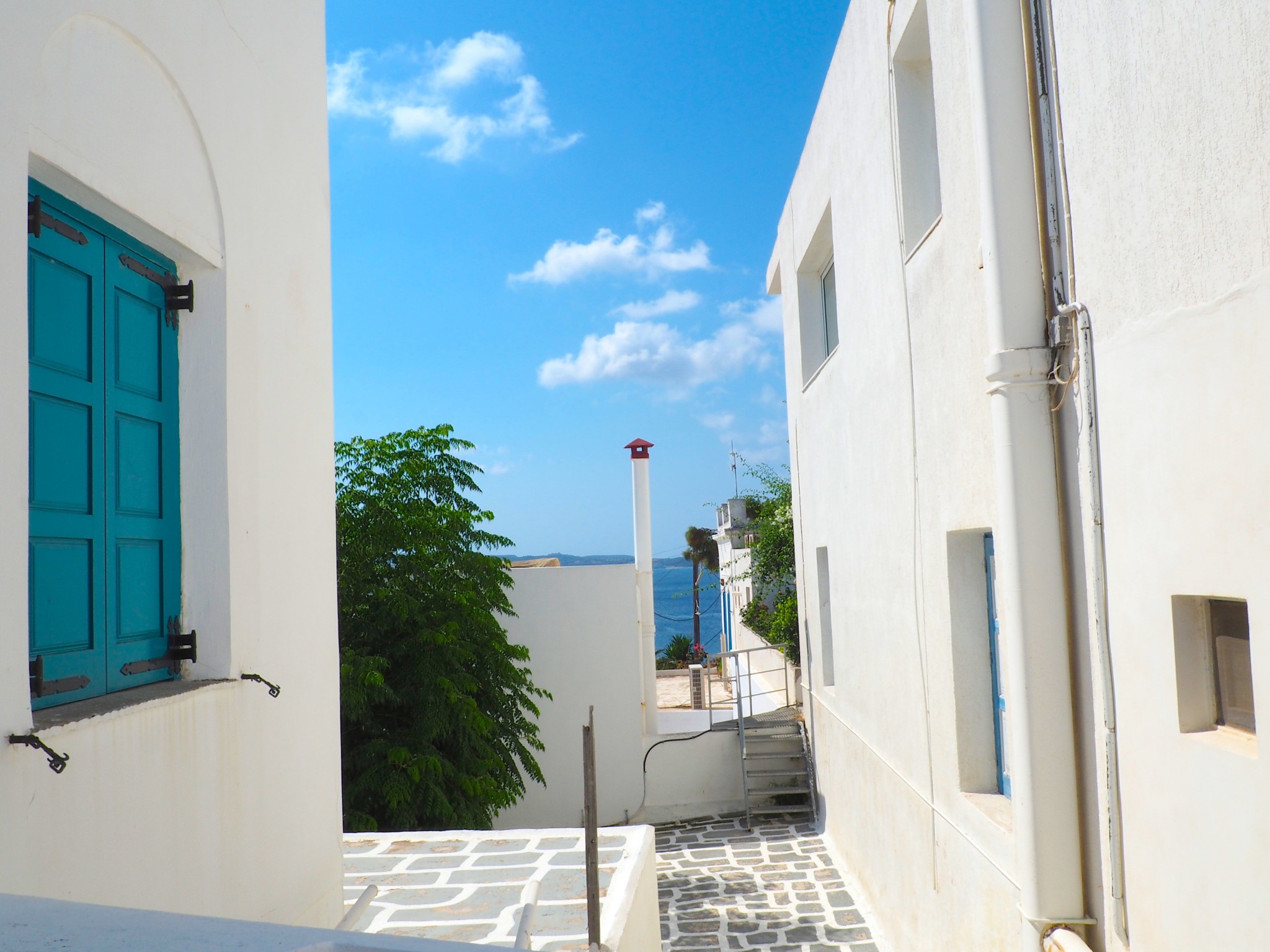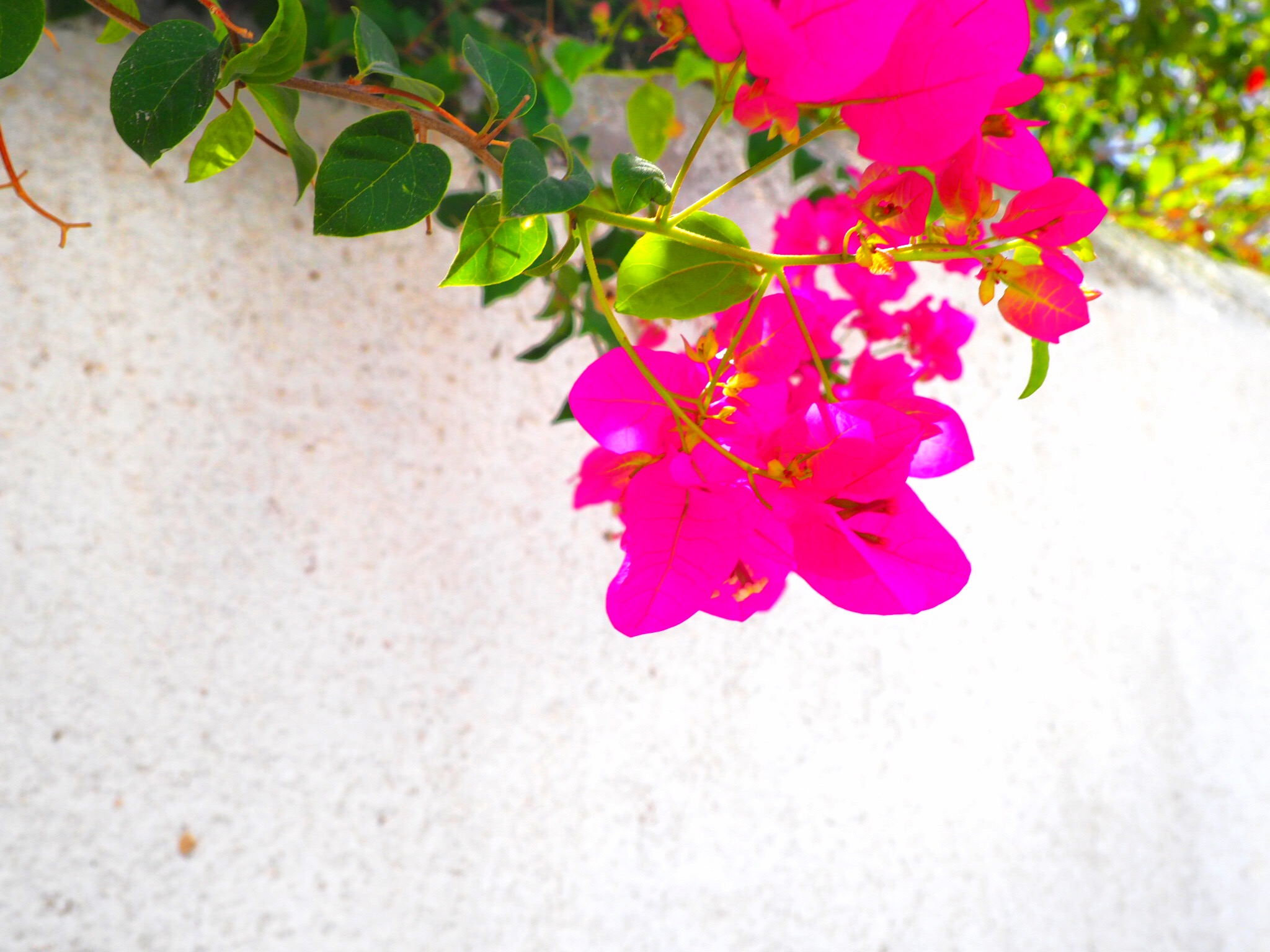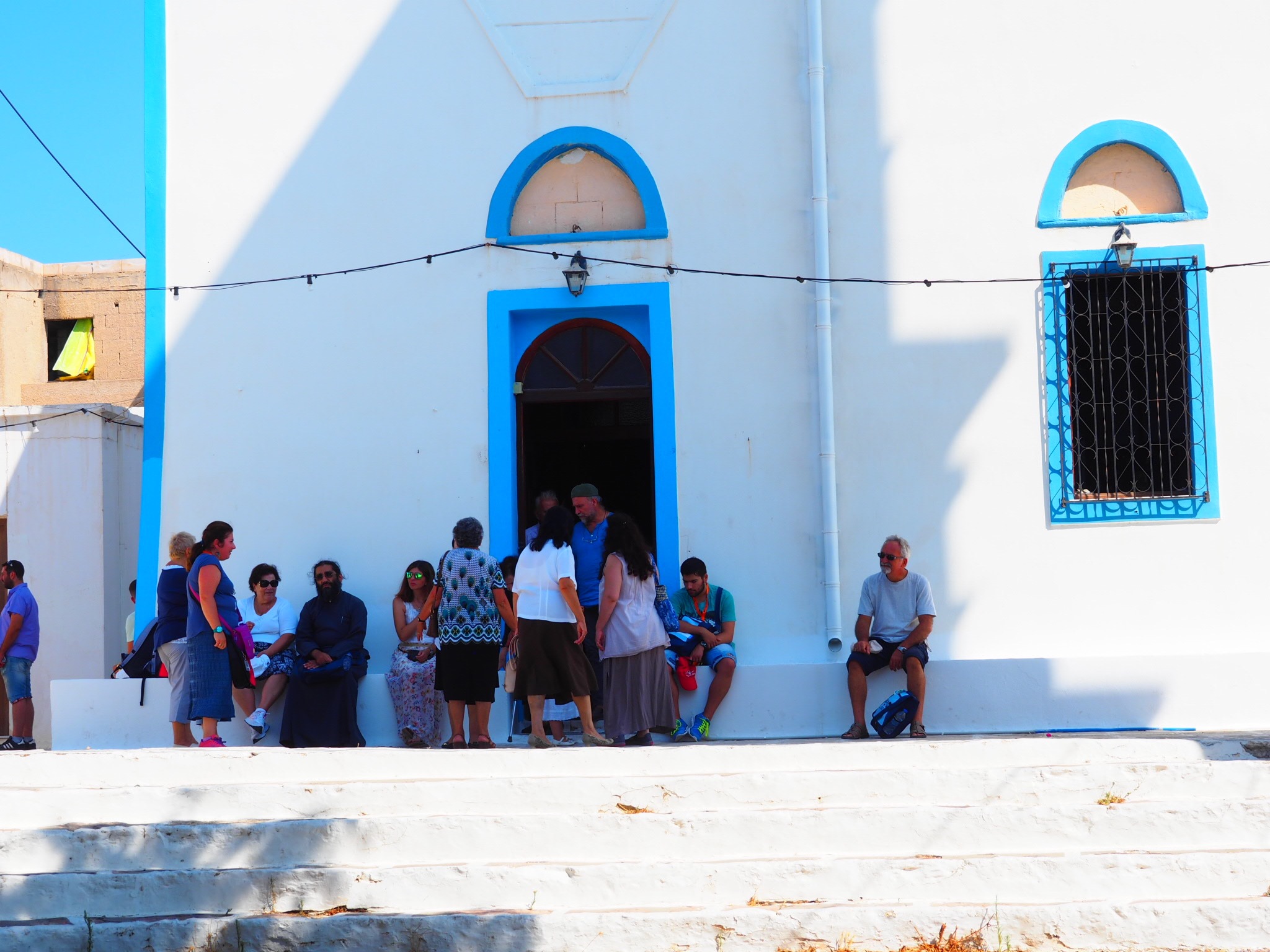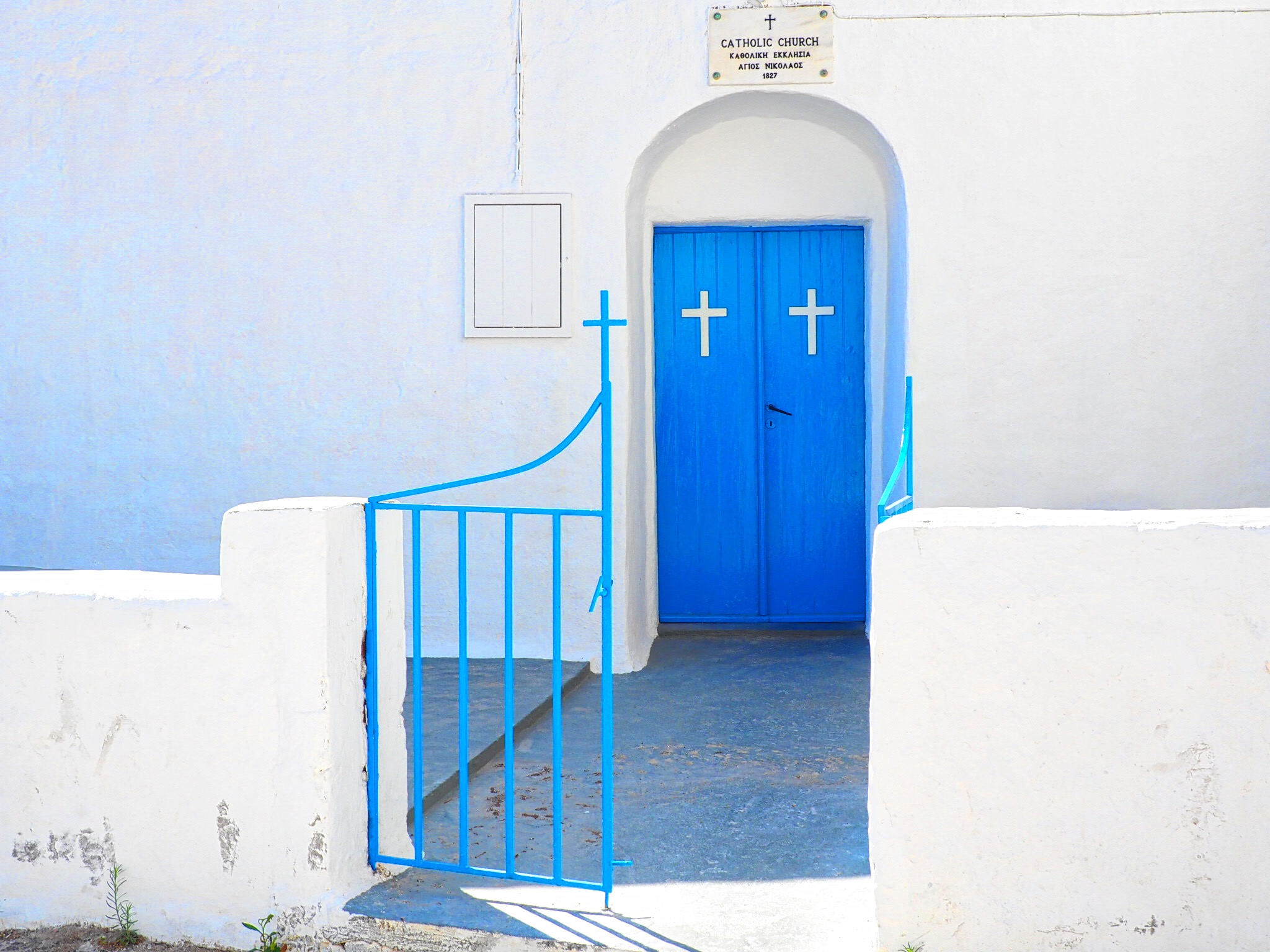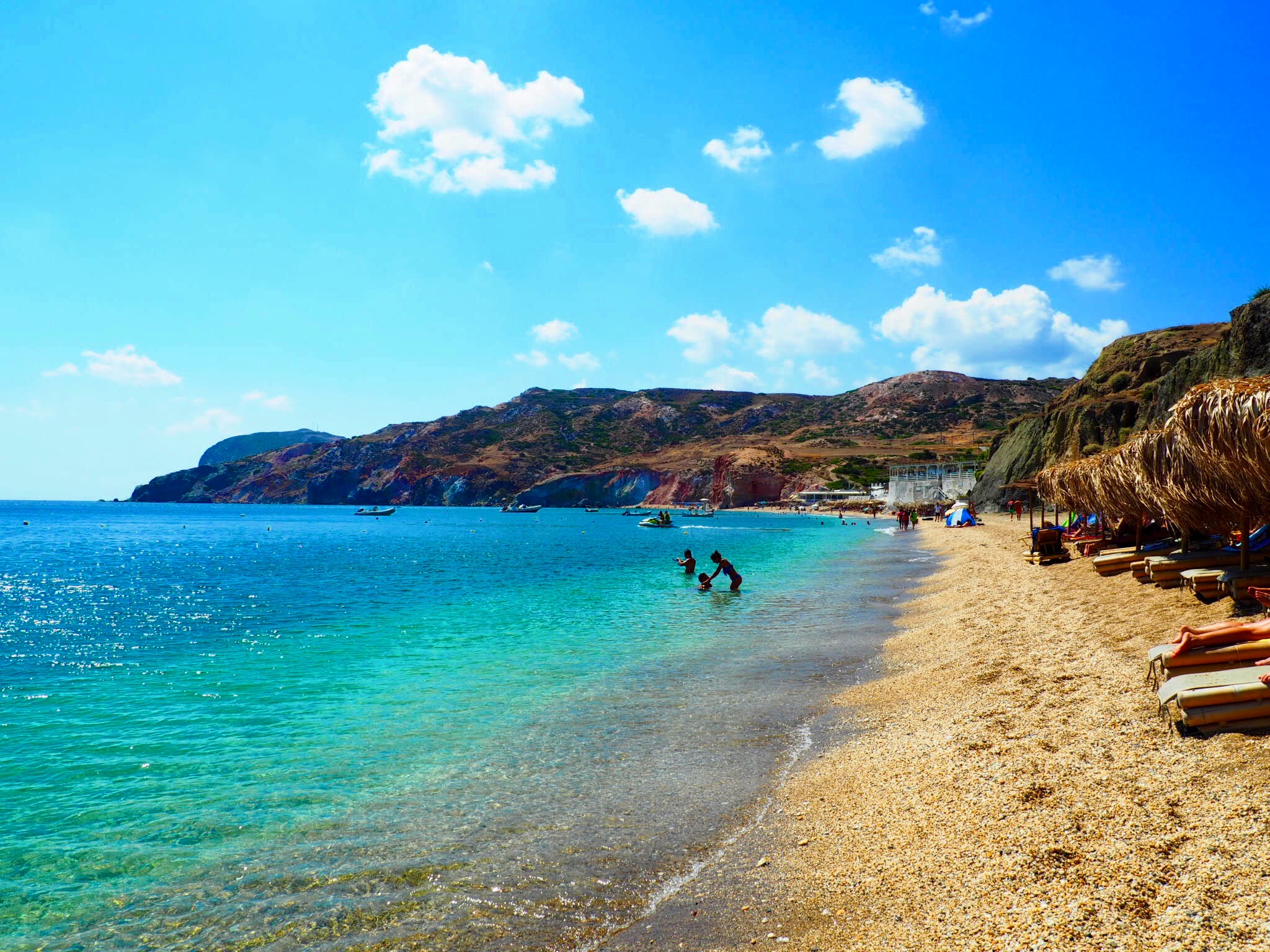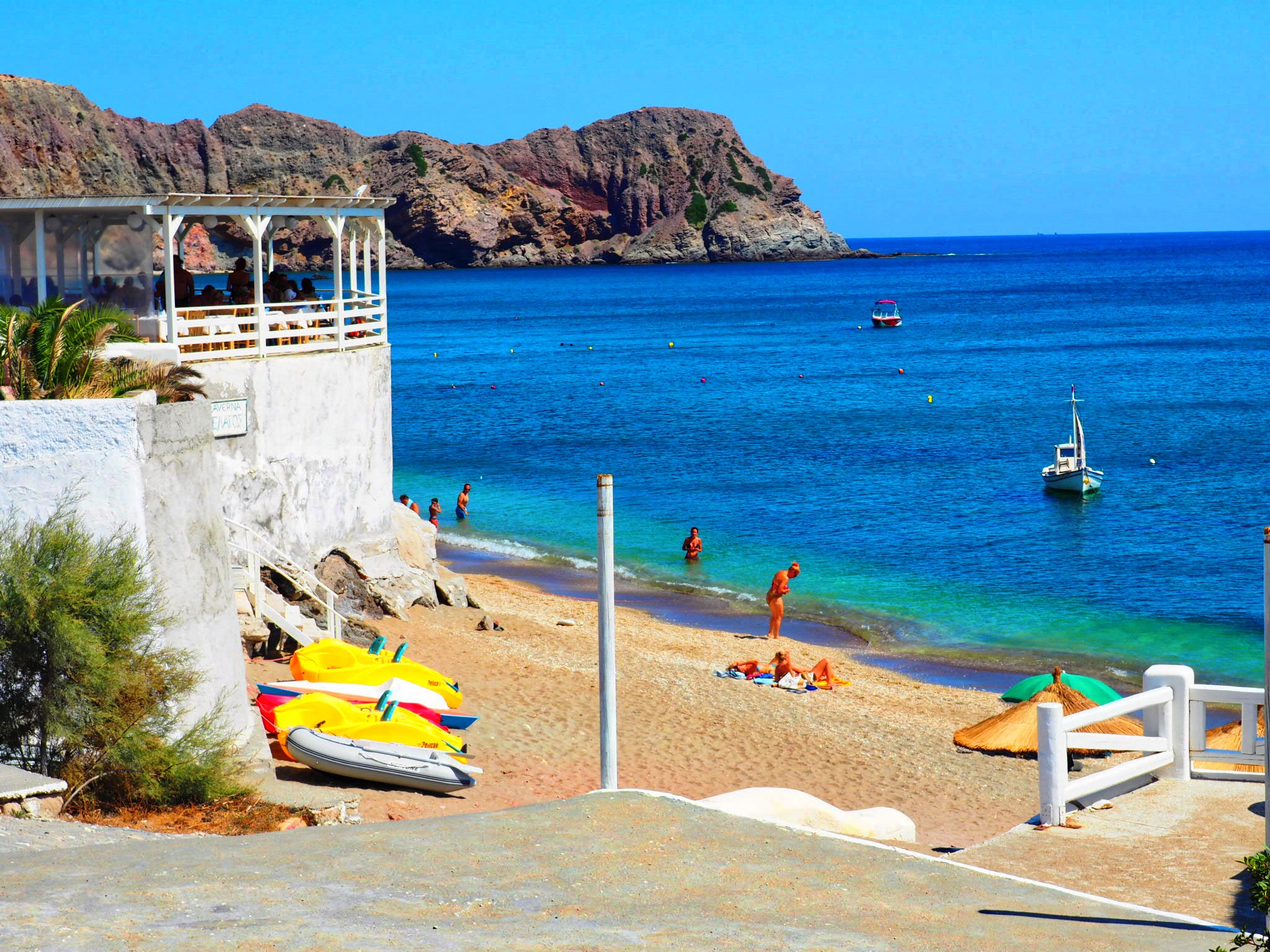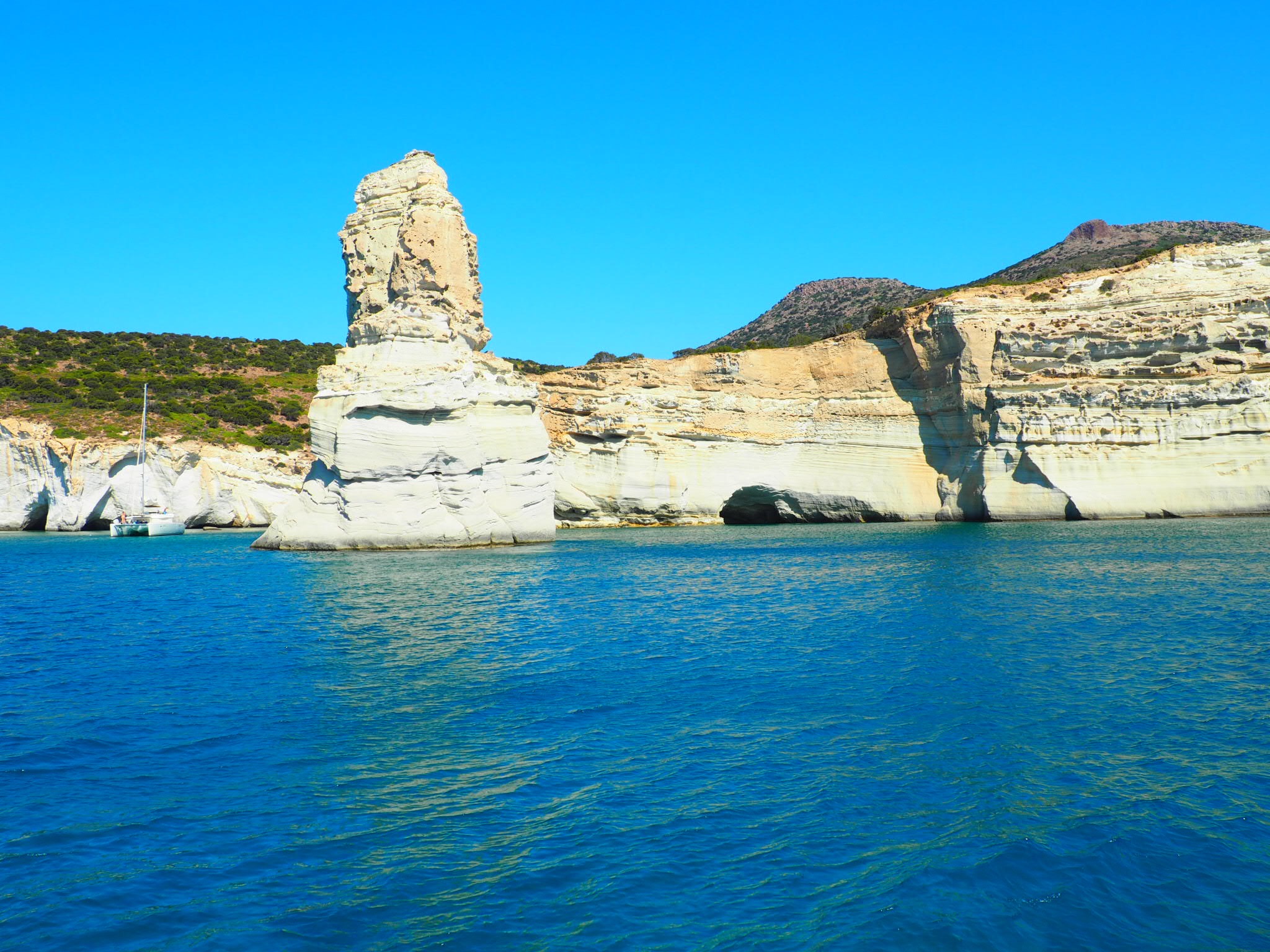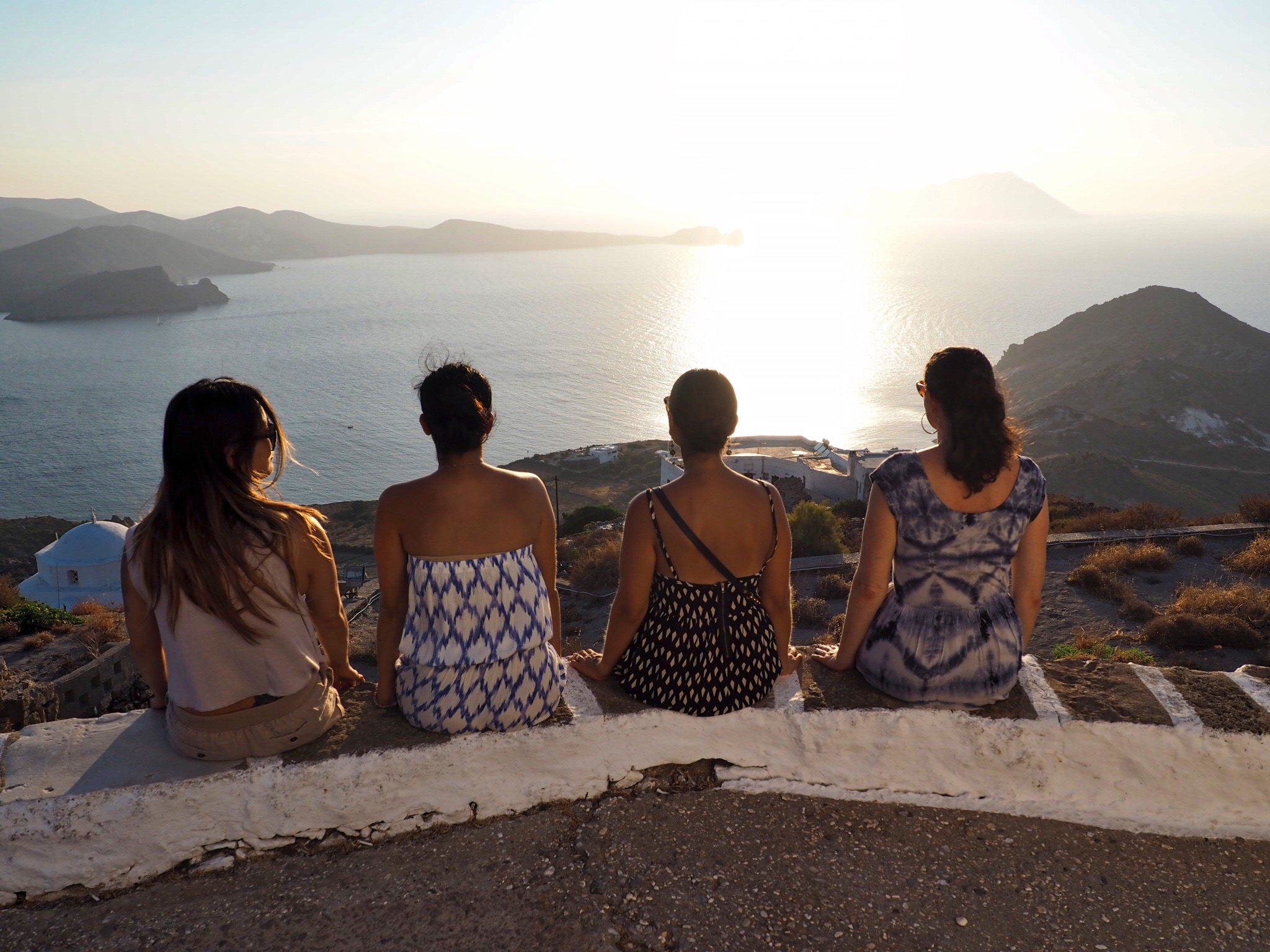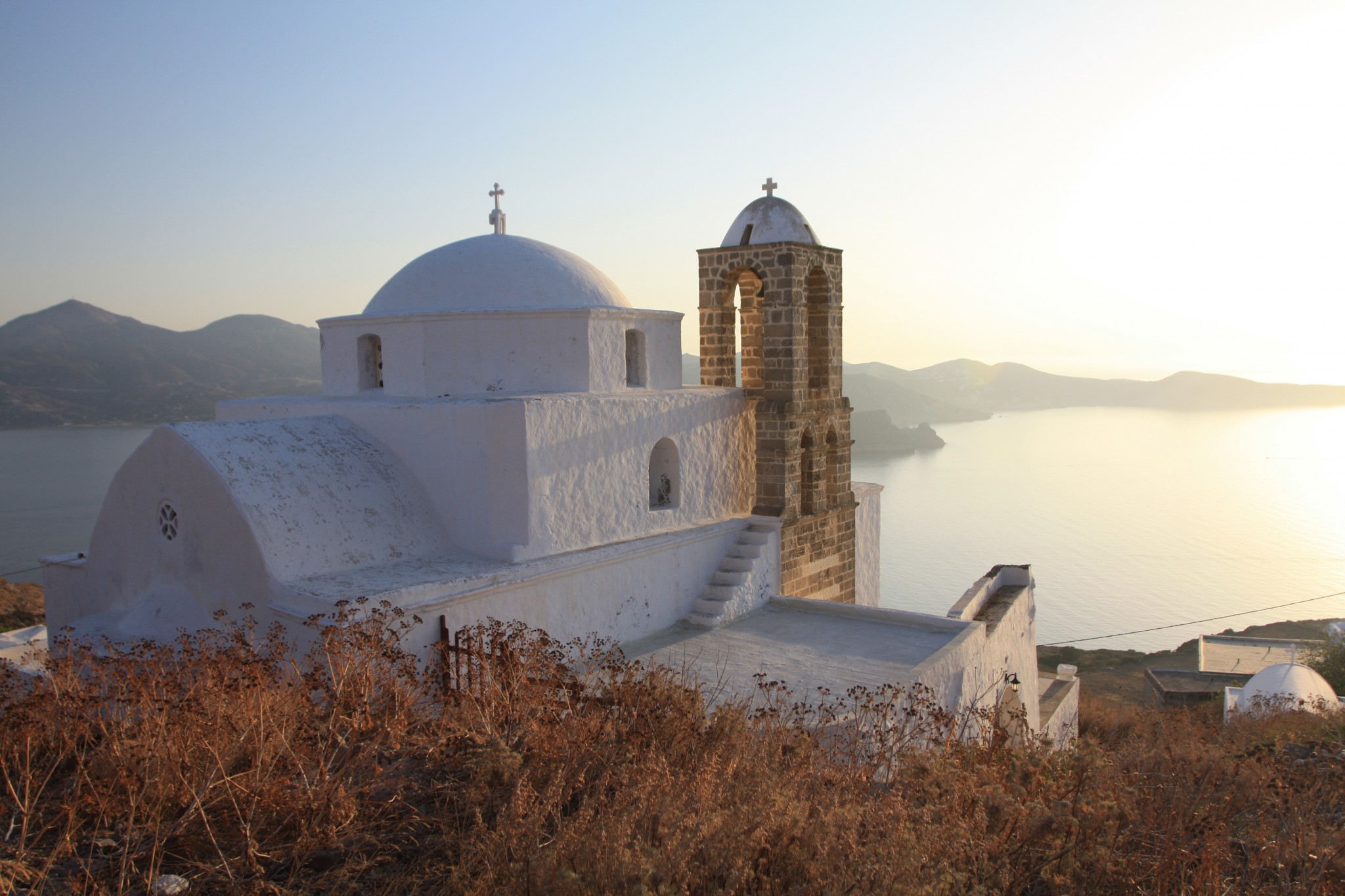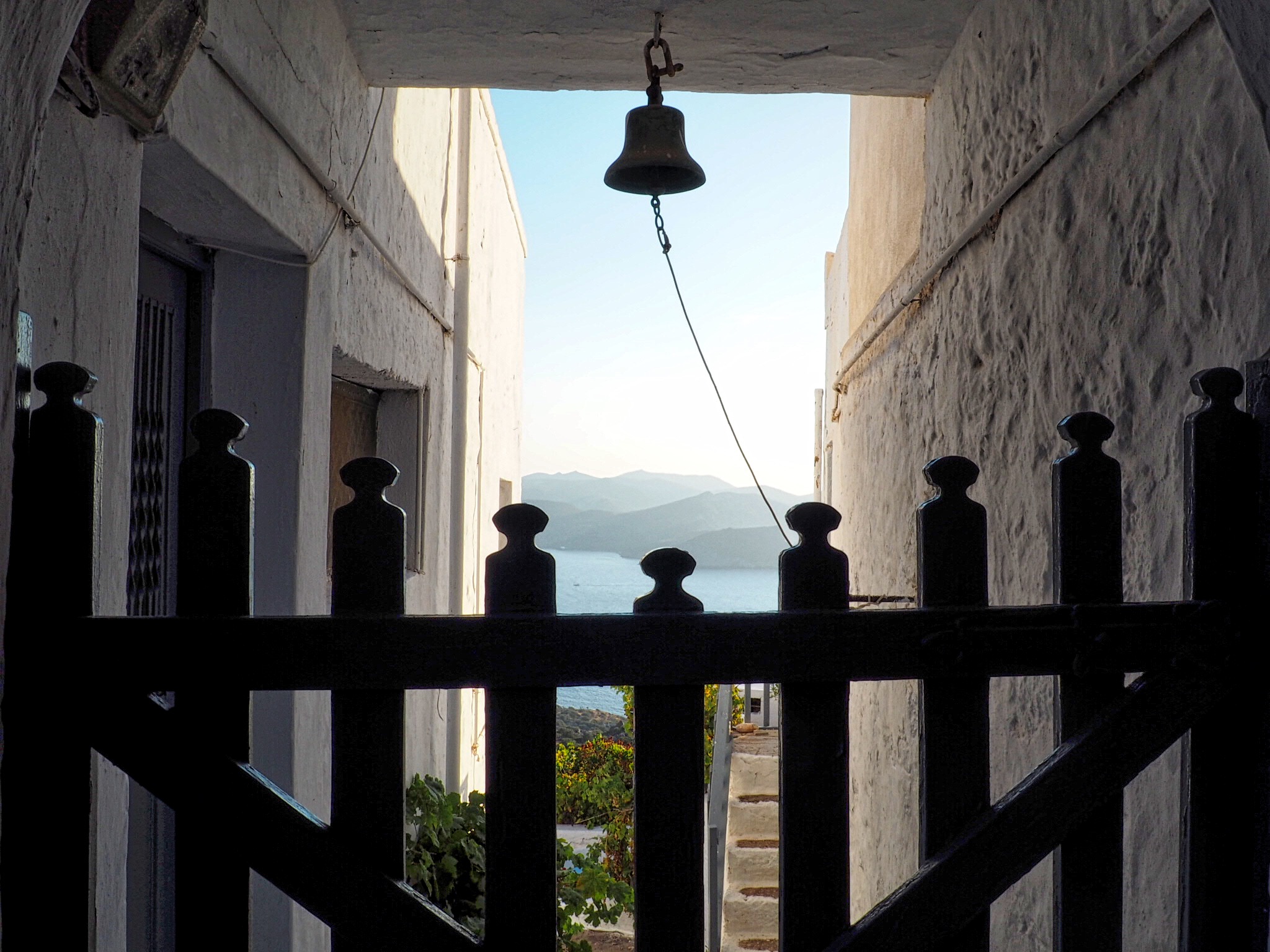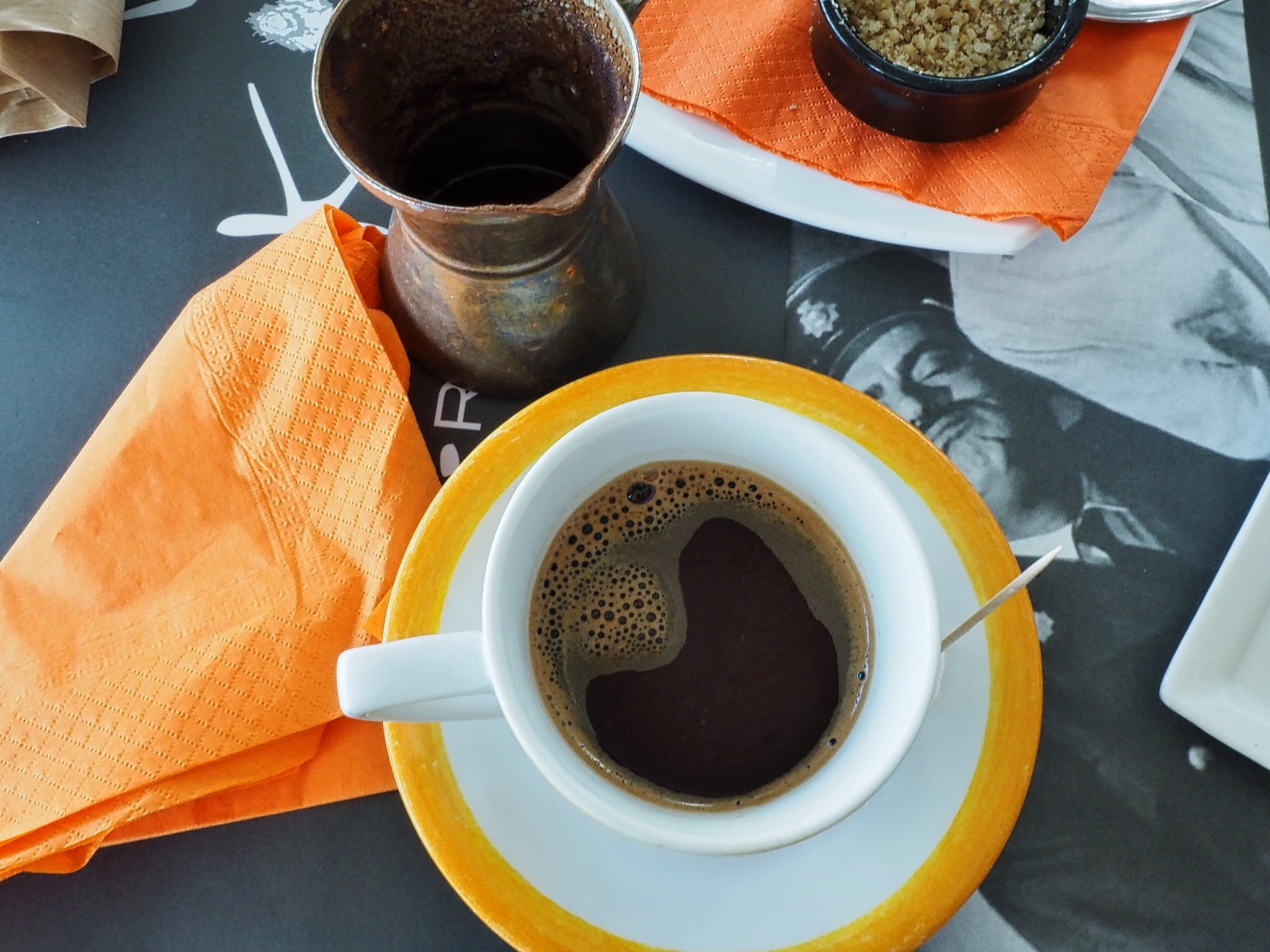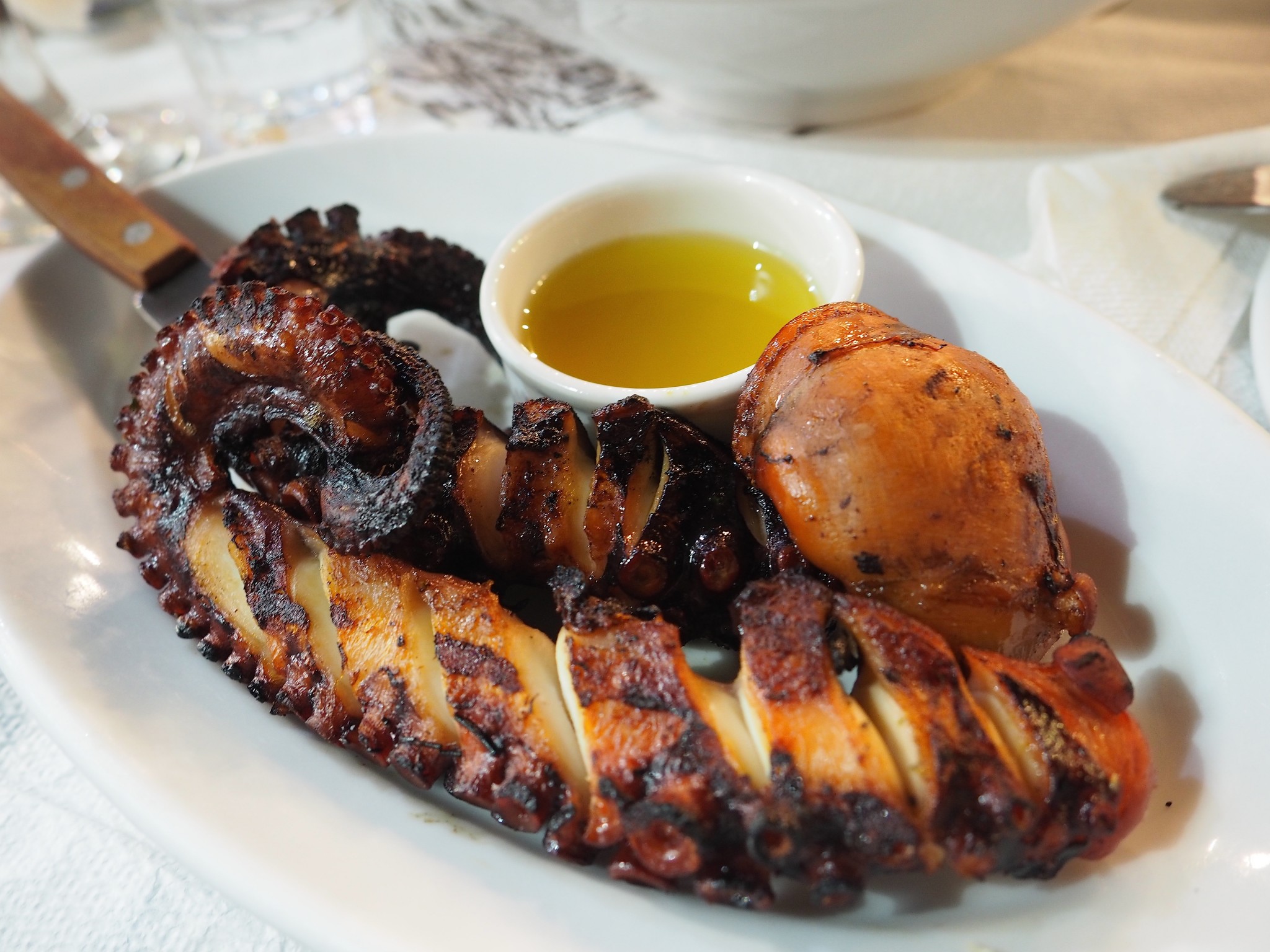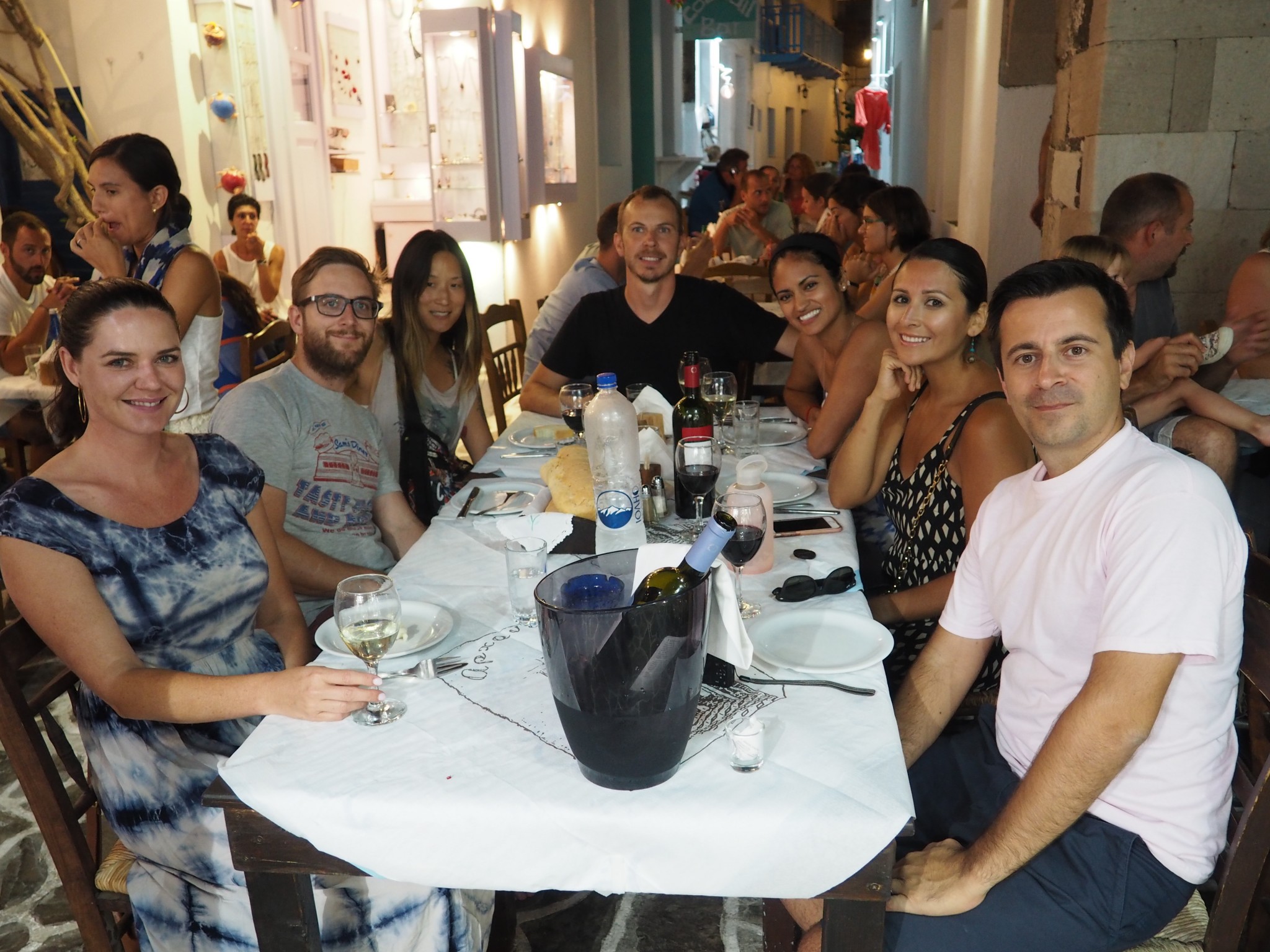Insiders Guide To Milos: The Island of Colors
Stunning beaches, gleaming jeweled-colored waters, dramatic coastal landscapes of colourful and surreal rock formations dotted by vivid primary toned buildings.
These are all things that comprise the island of Milos.
Milos boasts some of the most impressive landscapes of all the Greek islands, including dozens of breathtaking beaches and a spectacular 139-kilometer-long coastline. During our recent trip to Greece, Milos quickly became one of my favourite islands.
There is something so breathtaking about this island. It's magical sunsets and the warm hues vividly reflecting on the whitewashed buildings along the hillside. Like Santorini, it is quintessential Greece, but a much quieter scale.
[columns_row width="half"] [column][/column] [column][/column] [/columns_row]
Located midway between Athens and Crete, this Greek Island is part of the Western Cyclades. Known as the 'island of colours,’ you’ll quickly see why. The colourful beaches, rocks and waters, all due to the island's volcanic origins.
Milos offers a lot from history to geology and mineral mines to hot spring and wild goats. But, the island is most famously known for being the home the centrepiece of the Louvre in Paris, Venus de Milo. And, for a larger island, it's a quiet and mellow island, unlike Santorini and Mykonos. With no expectations of excitement and just the idea of sitting on a beach all day and reading, you’ll want to set out for enjoying the seclusion.
If you find yourself in the Greek Islands, understand that the best time to visit is Spring, early Summer and Fall. You’ll avoid the heat and crowds of July and August.
Top Reasons To Go
- There are 70 beaches on the island.
- It’s much calmer than its sister islands Santorini and Mykonos.
- It is a picturesque place with charming pedestrian streets, whitewashed houses and excellent view of Milos Bay.
- The Archaeological Museum exhibits some interesting artefacts from the excavations around the island as well as a replica of the Venus statue.
- The most famous beach of the island is located at Sarakiniko (15 minutes drive north of Adamas), where the soft limestone has been carved by wind and water to form a beautiful landscape.
- The famous cove of Kleftiko (Bandits' Lair) was an old pirates' hideout and now one of the most popular tourist attractions on Milos island.
- Clear waters, elaborate caves and imposing rock formations. It is located on the south-west tip of the island, only accessible by boat.
Shortlist
Milos a picturesque place with charming pedestrian streets, whitewashed houses and excellent view of Milos Bay from Plaka, the tiny town at the top of the hill. You’ll most likely start your visit but beach hoping one of the 70 beaches the island has to offer. From Adamas port, many boats set off daily to cruise around the island. These boats visit a large number of beaches which are accessible only by sea, such as Kalamos and Kleftiko, where you can swim in their crystal clear waters.
The most famous beach of the island is located at Sarakiniko (15 minutes drive north of Adamas), where the soft limestone has been carved by wind and water to form a beautiful landscape. The famous cove of Kleftiko (Bandits' Lair) was an old pirates' hideout and now one of the most popular tourist attractions on Milos island. Here you will find clear waters, elaborate caves and imposing rock formations. Located on the south-west tip of the island, it can only be accessible by boat. Agathia beach is isolated but a beautiful colourful beach on the Northwest side of the island. Hivadolimni beach offers Turquoise, shallow waters with many aquatic activities to be enjoyed.
And, whatever you do, don’t miss the sunset from Plaka. Almost anywhere in the village of Plaka, you can find a beautiful sunset, often compared to the beautiful sunsets of Santorini island. Plaka is a very picturesque village so don't miss out on it!
Things To Do
The Archaeological Museum exhibits some interesting artefacts from the excavations around the island as well as a replica of the Venus statue. Milos Mining Museum will give you a glimpse of this islands mining history. It is relatively a new museum, all about the miners and geology of Milos island. On a hill in Plaka lies the small Folklore Museum of Milos, a place that guards the age-old traditions of the island. See rare icons and valuable items that range from the Venetian times to modern times at the Ecclesiastical Museum. Visit the Milos Ancient Roman Theatre. The ancient theatre of Milos is nice in terms of architecture and scenic beauty and gives a glimpse of some of its history. Visit Tripiti village, Tripiti. Very picturesque. There is an ancient theatre, catacombs, and windmills in Tripiti. Tripiti is also the site of the discovery of Venus de Milo, probably the most famous statue of a Greek god or goddess. You should visit the traditional little village of Klima. This beautiful village has colored houses that are carved within the rock and are called Syrmata.
Where To Eat
O Hamos in Adamas for wild goat in "chovoli", local "pitarakia" and all the salads. This restaurant offers a wide choice for vegetarians too. Utopia Cafe for drinks at sunset. Kivotos ton Gefseon for breakfast which consists of a freshly made omelette, Milos pie, chocolate croissant & vanilla cream pastry. They make home-made jams, here. Archontoula for a traditional Greek dinner. Order the moussaka and grilled octopus. To Diporto is another great place for great Greek cuisine.
Did you enjoy this post? Let us know in the comments or by sharing it with the social media links! We’d love to keep giving you travel tips so feel free to subscribe by e-mail. Don’t forget you can follow Let's Regale onfacebook, twitter and instagram.


